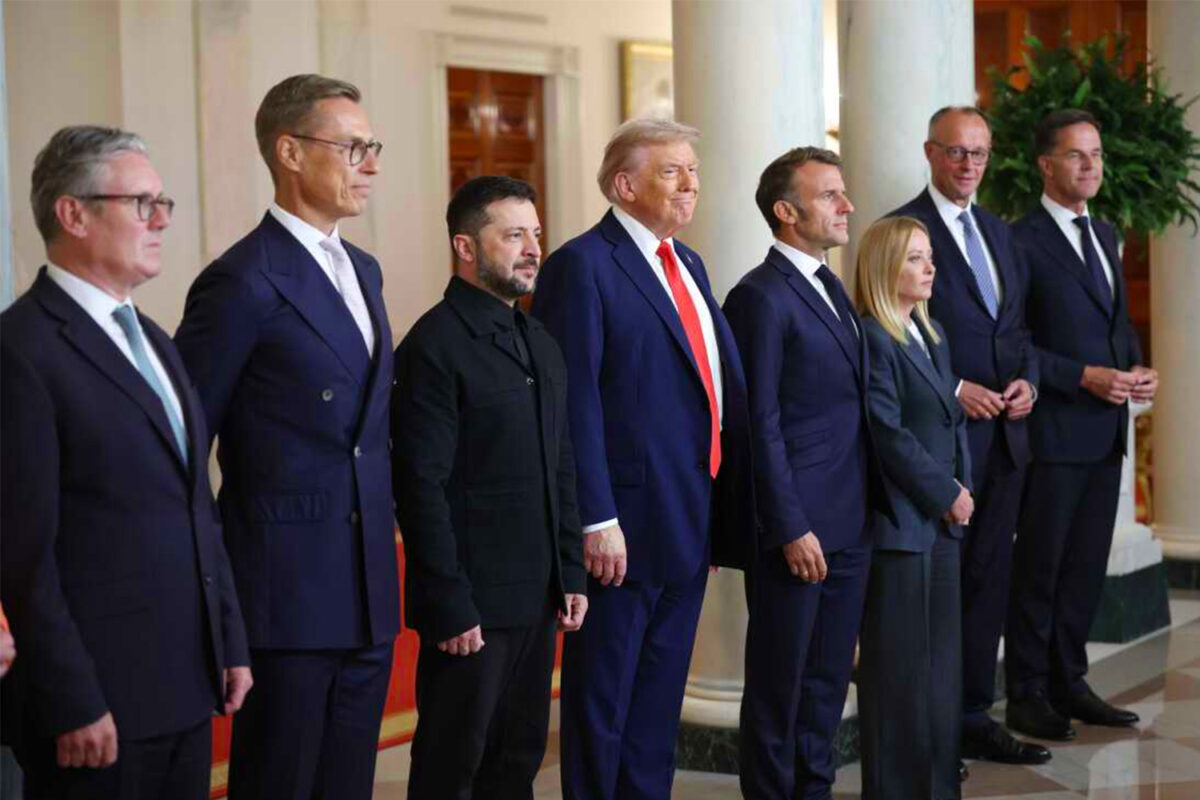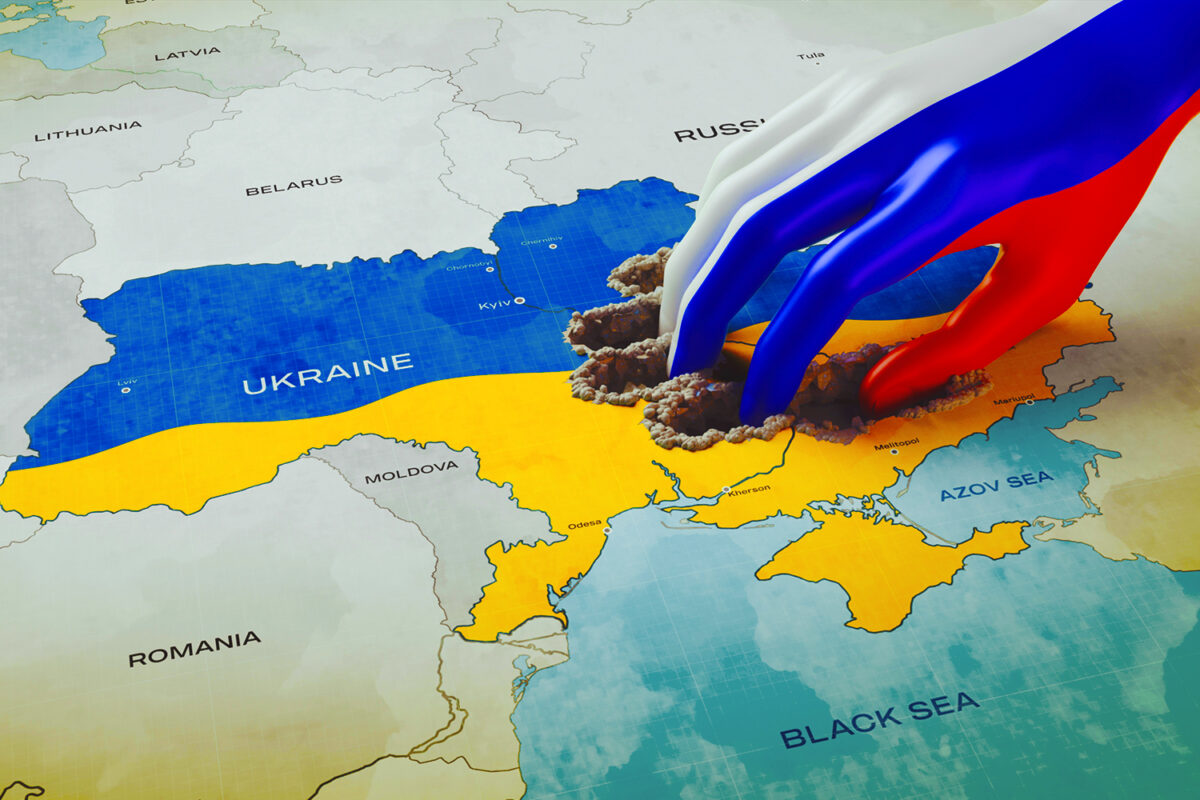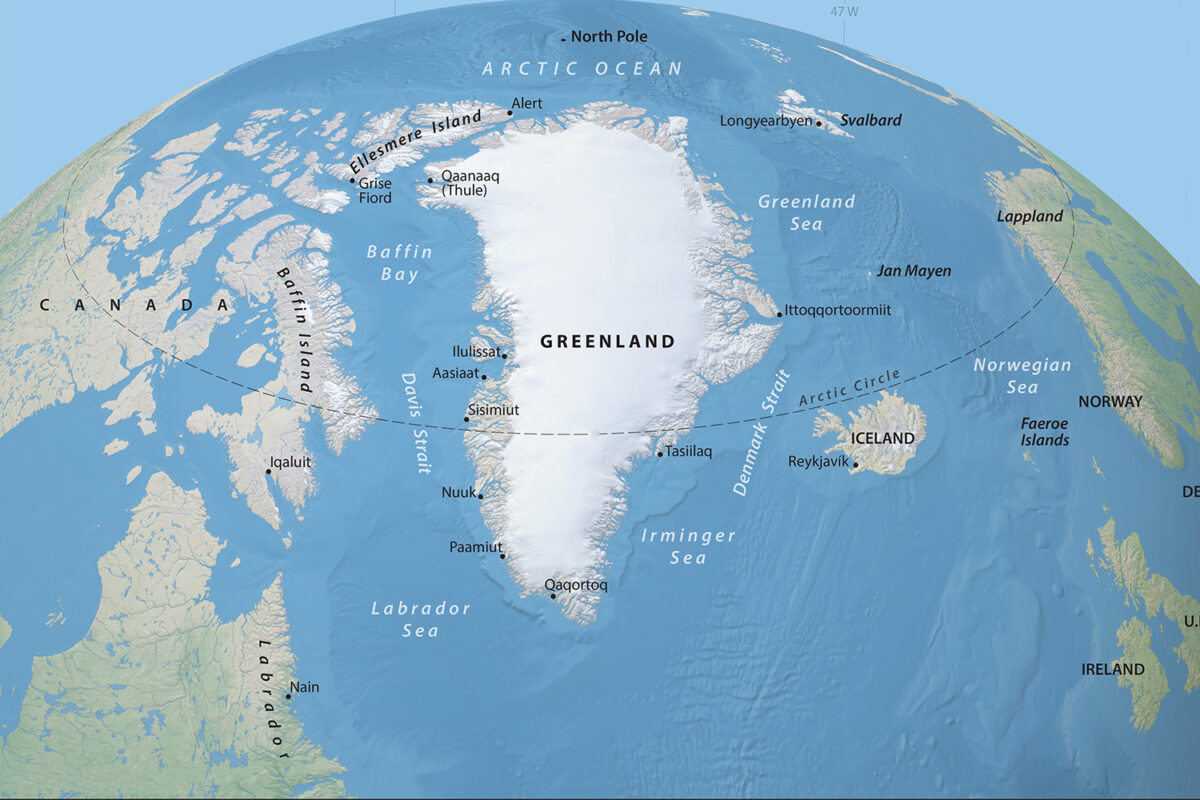This week it will be a year since Russia invaded Ukraine. Many experts expected Russia to roll over Ukraine’s military when it invaded back in February 2022. Russia’s performance in Chechnya in the 1990s, Georgia in 2008 and the annexation of Crimea in 2014 are considered examples of Russia’s superior military capabilities by many western observers who have long argued that Russia’s military capabilities were getting stronger. But Russia’s military performance in Ukraine has shown the opposite. Despite numerous reforms over the past three decades Russia’s performance in Ukraine exposed many glaring holes. On closer inspection Russia has been struggling with its military capabilities, ever since its ill-fated invasion of Afghanistan in 1979.
The Decline of the Red Army
The Soviet red army was designed for the mobilisation of massive numbers of reservists to conduct deep mechanised theatre operations in the context of a major war. As the US developed intercontinental ballistic missiles and nuclear weapons, Russia also incorporated these weapons systems into its doctrine and posture. The war Russia prepared for was to protect the line that ran from Norway down to Turkey with NATO. NATO prepared for hordes of Russian soldiers and tanks looking to conquer what was left of Western Europe, west of Berlin. By the time the Berlin Wall fell in 1989, Moscow had more than 50,000 main battle tanks deployed west of the Ural Mountains, so many that it is doubtful the Soviet Union could have provided sufficient gasoline to fuel the much-feared invasion of Western Europe.
The Soviet Union firmly believed in “quantity having a quality all its own.” Russia favoured quantity over quality and won mainly by overwhelming opponents with hordes of poorly trained soldiers. Quantity, it is believed, made quality almost irrelevant. As the Soviet Union was in a global struggle with Capitalism it built an army to engage in such a conflict.
In 1979, when the Red Army invaded Afghanistan, it was already overstretched and the Soviet economy was in decline. The Soviets believed by occupying Afghanistan’s urban centres it could control the country. It realised too late that they were not fighting a conventional army, something the Red Army was designed for, but unconventional forces with no centre of gravity who made use of Afghanistan’s mountainous terrain to strike Soviet supply lines. After 6 years of war the Red Army was bleeding to death in an insurgency. When Gorbachev came to power in 1985 he calculated that the war had become a stalemate and was no longer worth the high price in men, money and international prestige. With the Soviet Union in decline, economic challenges grew and the last Red Army soldier left Afghanistan in 1989. Two years later the Soviet Union collapsed.
Russia’s new military faced dramatic budgetary, readiness, and personnel shortfalls, as well as uncertainty of its role as Moscow struggled to determine its place in the post-Cold War world
The decline of the Russian military during the 1990s was regarded as a natural consequence of the fall of the Soviet Union, a crippled Russian economy and a political leadership in crisis. Many of Russia’s military assets were allowed to fall into disrepair; while the modernisation of capabilities, or attempts at reform, were minimal. Of what military industry remained in Russia, inefficiency and corruption were rife and it suffered from over-capacity and a lack of research and development investment in advanced weapons systems. The result was a military-industrial complex incapable, with the exception of some niche areas such as air defence missile systems, to keep pace with the technological change taking place. Russia’s new military faced dramatic budgetary, readiness, and personnel shortfalls, as well as uncertainty of its role as Moscow struggled to determine its place in the post-Cold War world.
Failed Reforms and the Chechen War
Russian military units lacked funding and fuel to train and exercise, and pay was often months in arrears. The readiness of the force was minimal, and the popular image of the Russian military of the 1990s remains ships rusting at pier side, pilots unable to fly, and Russian officers moonlighting with second jobs to make ends meet.
Throughout the 1990s and the 2000s many military reforms were attempted by Moscow. The prospect of a land battle with NATO was fading into the past and in response Russia’s leaders began a reform and modernization process. The goal was to create a military that would be smaller but more professional and agile, ready to quickly suppress flare-ups on Russia’s periphery. Russia’s first Minister of Defense, General Pavel Grachev, (1992–1996) posited the creation of a fully manned and equipped small mobile force that could rapidly move to a conflict area and hold the line until additional forces mobilised. Minister of Defense Igor Sergeyev (1997–2001) created a new strategic nuclear deterrence force based on his previous service, the Strategic Rocket Forces and Minister of Defense Sergey Ivanov (2001–2007) and Chief of the General Staff Yuriy Baluyevsky (2004–2008) pushed for the establishment of new regional theatre commands and filling the military’s ranks with professional “contract” personnel. By the late 2000s all these reform plans remained largely unimplemented, unsuccessful, or were abandoned. It was in this context the Chechen war began.
the popular image of the Russian military of the 1990s remains ships rusting at pier side, pilots unable to fly, and Russian officers moonlighting with second jobs to make ends meet
Chechnya declared independence in 1991 and Moscow feared other ethnic minorities within the Russian Federation would attempt to secede as well. In 1994, with much of Russia in disarray, Moscow went to war with the breakaway region of Chechnya. After two years of war and numerous failings and fallen soldiers Russia was forced to sign the Khasavyurt accords, ending the hostilities. The Chechens had fought the Red army to a standstill. Russia’s military was undermanned and poorly trained and struggled to take and secure the breakaway Chechen Republic. When Russia under Putin retook Grozny in 2000 it was due to Moscow’s exploitation of Chechnya’s internal divisions that gave it victory in the second Chechen war, rather than defeating the insurgency on the battlefield.
War in the Caucuses
Despite modest improvements and a measure of success in the second Chechen conflict, the Russian military still entered the first decade of the 21st century with a Soviet era mobilisation force structure almost completely equipped with outdated Soviet-era equipment. Shortfalls in modern command, control, communications, computers, and intelligence, surveillance, and reconnaissance (C4ISR) equipment and capabilities were particularly notable. It was in this context the war in Georgia took place in 2008.
The war was given significant Western coverage and was seen as a major Russian victory and confirmed for many that Russia had overcome the problems of the Post-Soviet era. Many western intelligence agencies began seeing Russia as a serious military power that should be taken seriously. But within Russia the war was viewed very differently and Russia’s performance in the battle explained little about Russia’s overall capabilities as it only lasted 5 days.
The Georgian war was a very limited operation because Russian military officials realised a lot of their equipment did not physically work, especially on the communication side, which was critical for modern warfare. Russia performed so badly to the point soldiers were forced to use telephones in Georgia to communicate with their units back in Russia. The war made clear that Russia’s military had all kinds of shortcomings in equipment, training, battlefield coordination, and intelligence. Air and artillery strikes missed their targets and several aircraft were lost to Georgian air defences. Although Russia won the war, it was not due to Russian military superiority but because Georgia was using very old Soviet equipment and ultimately through the sheer force of numbers that Russia eventually won.
The war made clear that Russia’s military had all kinds of shortcomings in equipment, training, battlefield coordination, and intelligence
Russia’s Syrian Intervention
Russia’s intervention in Syria saw many around the world designate Russia as a superpower. The intervention in the Middle East, the resupply of troops and the saving of the Bashar al-Assad regime definitely afforded Russia global credibility. But Russia’s Syrian intervention was really a small to medium operation for Russia. At most Russia had 5,000 troops in Syria and the sole purpose of the Russian forces was to carry out air attacks across Syria. Russia did not deploy its ground forces. Russia fought a war far from home, it sustained operations, and it resupplied its troops. The US, despite all its rhetoric, didn’t carry out attacks against Russian forces and as the rebel groups lacked any air power Russia’s presence was never under threat. Russia’s Syrian intervention is therefore not a good example of Russia’s military capabilities and proves little in terms of its capabilities as it was a unique and limited intervention. In the case of Syria, Russia was fighting civilians as well as militias. They were not fighting a peer competitor where a lot of their logistics would have been exposed.
The Conquest of Crimea and Donbass
Whilst Russia annexed Crimea in 2014, an intervention which gained Russia a lot of military credibility, there are some large caveats to this victory. Russia already had a military presence in Crimea prior to its invasion. Russia not only had forces in place at its Black Sea Fleet, but legitimate transit arrangements that were leveraged for a covert operation and the introduction of key military capabilities. Russia had just over 18,000 troops already in Crimea. This force included 41 tanks, 160 infantry fighting vehicles, 47 artillery systems, and heavy mortars. So, Russia already had significant military capability on the peninsula. Prior to the operation, thousands of extra soldiers were quietly sent into the bases which Russia was permitted by treaty to own in Crimea. Moscow deployed elite and special components of its forces that are not representative of its overall capabilities. Additionally, Ukraine’s overall superior forces on the peninsula offered no resistance due to what was taking place in Ukraine at the time.
But Russian history shows us, she always starts wars poorly, then throws lots of poorly trained troops at the enemy and wins wars in a very ugly manner. This was how the Red Army defeated the Nazis in WW2
Crimea really stands as a singular operation against a particular target and at a distinct time of opportunity when Ukraine was vulnerable. We can infer a good deal about mobility, logistics, and the speed with which national decision-making results in use of force, but this operation told us little about the warfighting ability of Russia’s armed forces against a conventional opponent and what lessons, if any, can be extrapolated to other conflicts. Russia had advantages in Crimea before its invasion began, so it leveraged these and didn’t need to worry about Ukrainian forces getting in the way. Its main advantage was the fact that it already had a military presence in Crimea, troops and military platforms.
Similar to Crimea, the war which took place in Donbass from 2014 had unique circumstances. Eastern Ukraine already had separatist tendencies. It was critical of the Ukraine government in Kiev and the separatists already were being trained and armed by Russia. So when these areas became independent from Kiev, Russia supported them; they were already separatists areas. Russia didn’t need to send in large forces to go and occupy land and resupply troops. Russia had some troops in Donbass at the time of the war, but most of the work was done by mercenaries and separatists that were already in that region.
Russia inherited a bloated, outdated and massive military from the Soviet Union. The 1990s saw Russia in disarray as the nation fell apart, politically, socially and economically. Russian leaders couldn’t pay soldiers or replace ageing Soviet weapons systems and as a result much of Russia’s military fell into disrepair. Russia was in no place to go to war in the 1990s and that’s why for a decade Chechen rebels fought Russia to a stalemate. It was Russia’s divide and rule tactics, rather than its military that gave it victory in Chechnya in 2000. Ever since, Russia has been very selective in the conflicts it’s got involved in, in order to not expose the true state of Russia’s military. At the same time it projected very well new weapons prototypes and next generation weapons systems to build an image of military superiority. It did this even though the ability of its defence industry to mass produce those capabilities have been severely lacking. The wars in Georgia, Crimea and the Donbas did not require Russia to carry out large conventional warfare. The invasion of Ukraine in 2022 is Russia’s first real conventional war for decades and it started really poorly. But Russian history shows us, she always starts wars poorly, then throws lots of poorly trained troops at the enemy and wins wars in a very ugly manner. This was how the Red Army defeated the Nazis in WW2.




